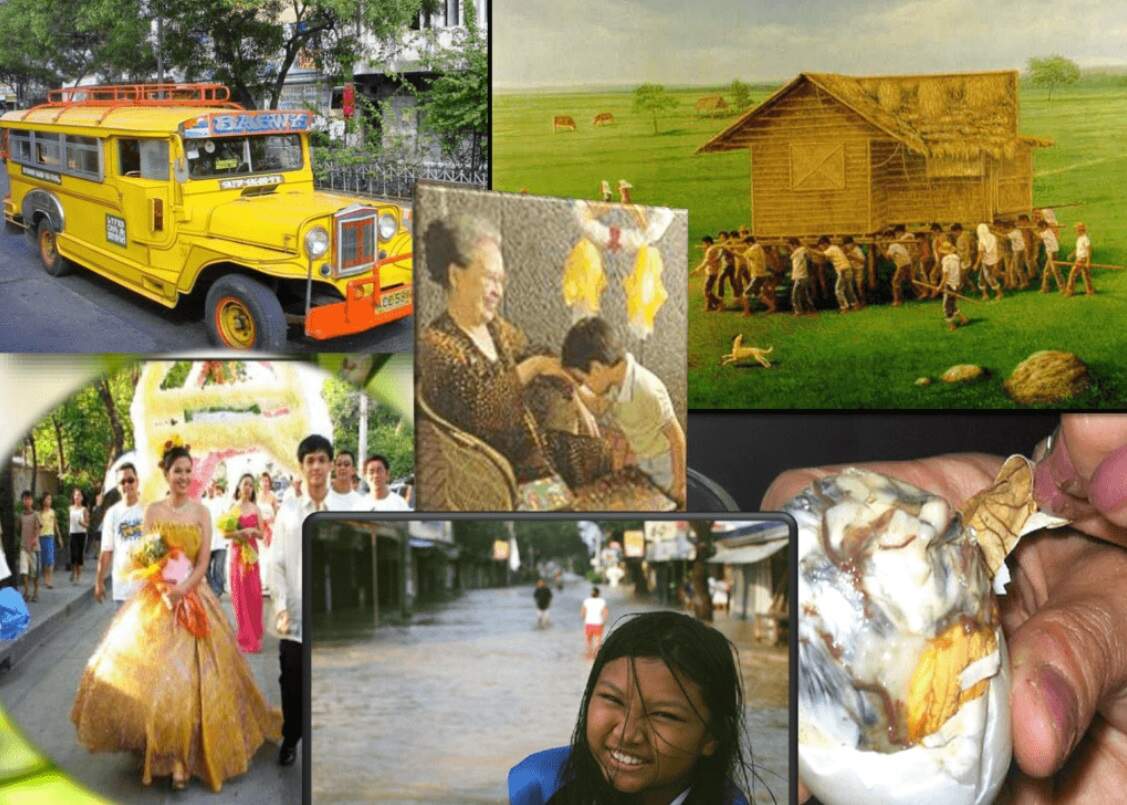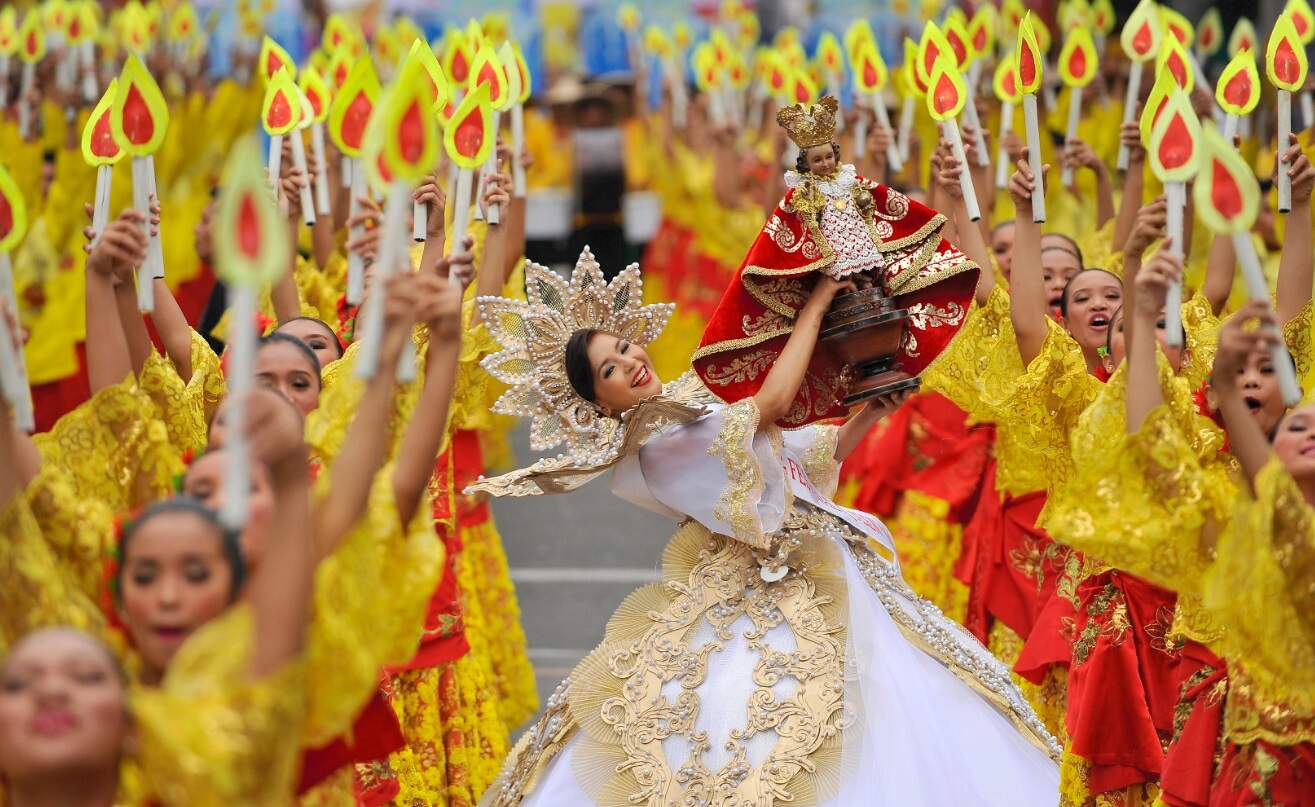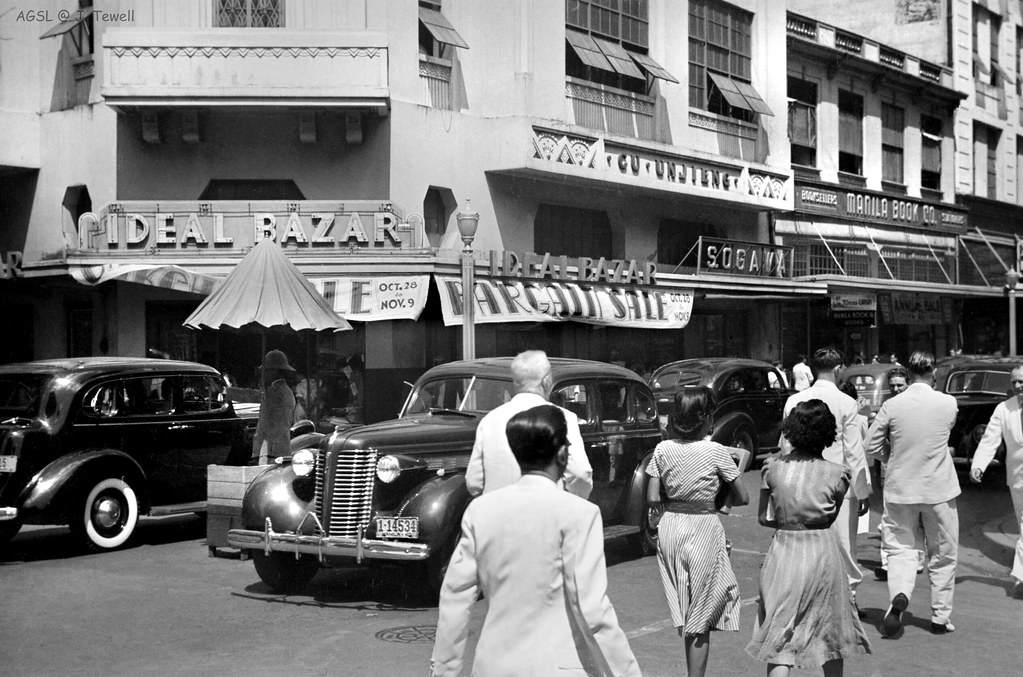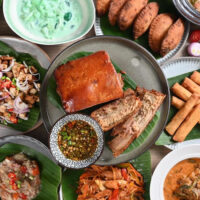
The Philippines is a nation with a rich cultural tapestry woven from centuries of history, where indigenous customs blend seamlessly with influences from various foreign cultures. This unique blend creates an identity that is distinctly Filipino, yet universally relatable. The cultural heritage of the Philippines is a living testament to the country’s dynamic history, where every tradition, craft, and celebration carries the echoes of a diverse and vibrant past.
A Unique Cultural Mosaic
The Philippines stands out in Southeast Asia for its unparalleled cultural diversity. The archipelago is home to over 175 ethnolinguistic groups, each with its own unique traditions and practices. This diversity is further enriched by the waves of foreign influences that have shaped the nation’s history. From the indigenous customs of the early settlers to the contributions of Chinese, Indian, Malay, and Arab traders, and the legacies of Spanish and American colonization, the Philippines is a melting pot where different cultures have come together to create something truly unique.
The Filipino identity is not just a reflection of its past; it is an ongoing process of adaptation and transformation. Native customs have been preserved, yet they have also evolved by incorporating elements from outside influences. This blending of the old and the new has created a cultural landscape that is both deeply rooted in tradition and continuously evolving.
Cultural Heritage Passed Down Through Generations

One of the most remarkable aspects of Filipino cultural heritage is how traditions have been passed down through generations, often through oral traditions, crafts, dance, music, fiestas, rituals, and healing practices. These cultural expressions are not just relics of the past; they are vital parts of the Filipino way of life.
1. Oral Traditions
The Philippines has a strong oral tradition, with stories, legends, and epics passed down from generation to generation. These narratives, often told through songs or poems, are more than just entertainment; they are a means of preserving history, imparting moral values, and reinforcing social norms. The famous epic, Biag ni Lam-ang, from the Ilocos region, is a prime example of how oral traditions serve as a repository of collective memory.
2. Crafts
The craftsmanship of Filipinos is evident in the intricate weaving, pottery, woodcarving, and locally made products that have been passed down through the ages. Each region in the Philippines has its own specialty—like the wood carvings and sculptures from Paete, the inabel weaving from Ilocos or the t’nalak fabric of the T’boli people in Mindanao. These crafts are more than just functional items; they are expressions of cultural identity, reflecting the aesthetic sensibilities and values of the communities that create them.
Related article: Why Buying Local Filipino-Made Products is Important
3. Dance and Music
Dance and music are integral to Filipino culture, with each region having its own distinct forms. Traditional dances like the tinikling and pandanggo sa ilaw showcase the creativity and rhythm of the Filipino people. Music, too, plays a significant role in cultural expression, with indigenous instruments like the kulintang and kudyapi creating sounds that are uniquely Filipino. These art forms are often performed during celebrations and rituals, connecting the community and reinforcing cultural values.
Related article: Amazing Dance Performance that Showcases the Beautiful Philippines
4. Fiestas
Fiestas are an essential part of Filipino culture, serving as communal celebrations that honor patron saints, harvests, and other significant events. These festivals are marked by vibrant parades, lively music, and elaborate feasts. The Sinulog festival in Cebu, the Maskara Festival in Bacolod, and the Pahiyas in Quezon are just a few examples of how fiestas bring communities together and preserve cultural heritage.
Related articles: Must-see Festivals in the Philippines, The Best of Sinulog Dinner Buffets in Cebu
5. Rituals and Healing Practices
Indigenous rituals and healing practices have been passed down through generations, reflecting the deep connection Filipinos have with nature and spirituality. Practices such as the hilot (traditional massage) and the use of herbal remedies are still prevalent in many parts of the country, showcasing the resilience of indigenous knowledge in the face of modernization.
Cultural Heritage in the Context of Philippine History

To truly appreciate the cultural heritage of the Philippines, one must consider it within the broader context of the country’s history. Each period of history has left its mark on Filipino culture, contributing to the rich mosaic that exists today.
1. Pre-colonial Times
Before the arrival of foreign colonizers, the Philippines was already a vibrant society with a rich cultural heritage. Indigenous communities had their own social structures, belief systems, and artistic expressions. The archipelago was also a hub of trade, with Chinese, Indian, Malay, and Arab merchants bringing new ideas and goods that influenced local customs. This period laid the foundation for the diverse cultural practices that are still evident today.
2. Spanish Colonization
The Spanish colonization of the Philippines, which lasted for more than 300 years, had a profound impact on the country’s cultural heritage. Catholicism became deeply ingrained in Filipino society, influencing everything from religious practices to social norms. The Spanish also introduced new architectural styles, language elements, and culinary traditions that have become integral parts of Filipino culture. Churches, like the Baroque-style San Agustin Church in Manila, stand as enduring symbols of this period.
Related articles: Churches in the Philippines for Visita Iglesia, A Relic of the Holy Cross in Monasterio de Tarlac
3. American Colonization
The American period brought another wave of cultural influence, particularly in the realms of education, government, and pop culture. English became widely spoken, and American-style education systems were established, shaping the intellectual landscape of the country. The influence of American pop culture is also evident in Filipino music, cinema, and fashion, blending with local traditions to create a unique hybrid culture.
4. Post-colonial and Present-Day Philippines
In the post-colonial period, the Philippines has continued to absorb and adapt foreign influences while maintaining a strong sense of national identity. Today, Filipino culture is a dynamic fusion of indigenous traditions and foreign elements, continuously evolving yet deeply rooted in its past. The resilience and adaptability of Filipino culture are evident in how traditional practices coexist with modern innovations, creating a rich and diverse cultural landscape.
The Enduring Nature of Filipino Cultural Heritage
Filipino cultural heritage is not just a relic of the past; it is a living, breathing entity that continues to evolve and thrive. As the country faces the challenges of modernization and globalization, there is a growing movement to preserve and celebrate this heritage. More Filipinos are rediscovering their roots, reconnecting with indigenous cultures, and embracing the traditions that make the Philippines unique.
For anyone seeking to understand the soul of the Philippines, exploring its cultural heritage is a journey well worth taking. From the vibrant fiestas and traditional crafts to the oral traditions and indigenous rituals, there is something to discover at every turn. The cultural heritage of the Philippines is a testament to the resilience, creativity, and diversity of its people—an enduring legacy that invites everyone to come face-to-face with history, tradition, and identity.
Related article: Cultural Treasures that are Distinctively Filipino
–
Featured Image by SlideServe





